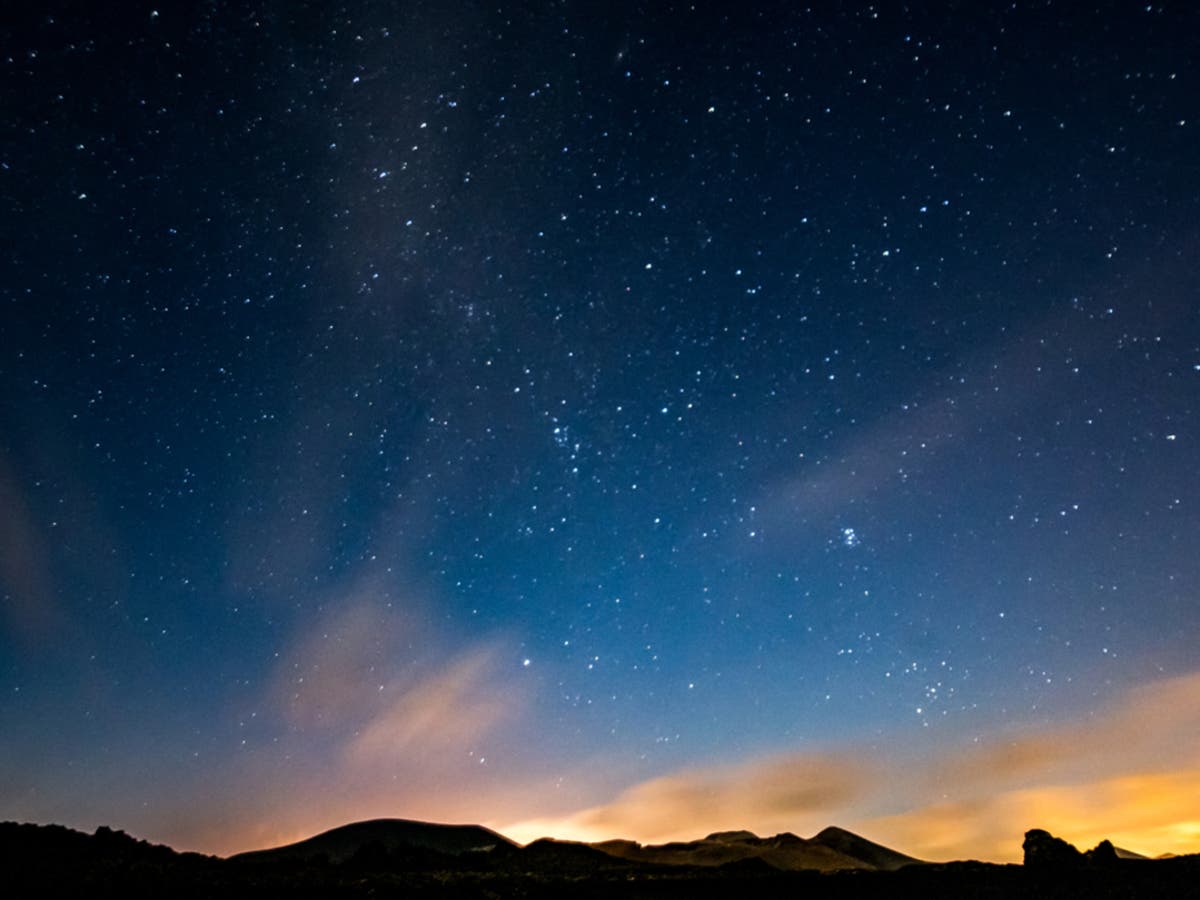The black hole was giving birth to stars in a nearby dwarf galaxy.
The study showed that black holes are not always the violent and destructive things they are usually known for. Instead, they seem to be able to form stars, not just eat them.
NASA’s Hubble Space Telescope has detected such a black hole in the galaxy known as Henize 2-10, which is 30 million light-years away.
In addition to suggesting that black holes may be more productive than we thought, the new research may also help us understand where supermassive black holes originally came from.
Amy Raines, the researcher who published the first evidence of a black hole in the galaxy in 2011, was also the principal investigator on the new paper..
“I knew from the start that something unusual and special was happening at Henize 2-10, and now Hubble has provided a very clear picture of the relationship between the black hole and the neighboring star-forming region located 230 light-years from the black hole,” he said.
A research paper describing the findings, “Star Formation Due to a Black Hole in the Hennes 2-10 Dwarf Galaxy,” was published today in nature of mood.
In large galaxies, material falling toward the black hole is torn apart by magnetic fields, resulting in bursts of plasma moving at nearly the speed of light. Any gas cloud captured in that plane would become hot enough to form stars.
The black hole in the Haines 2-10 galaxy is smaller, but the material flowing from it flows more smoothly. This means that the gas has been compressed the right way to help form stars, not to prevent them from doing so.
“Only 30 million light-years away, Henize 2-10 is close enough that Hubble can capture images and spectral evidence of the black hole’s outflow very clearly. An additional surprise was that, rather than preventing star formation, the outflow was giving birth.” of the new stars.
Hubble’s new black hole study could help provide better details about how these supermassive black holes form. Since they were still young, it can provide a picture of what other, larger black holes looked like when they were younger, and how they might form and grow.
“The era of the first black holes isn’t something we’ve been able to see, so it really has become the big question: Where did they come from? Dwarf galaxies may retain some memory of a black hole implantation scenario that would otherwise be lost in time and space,” Rains said in a statement.

“Problem solver. Proud twitter specialist. Travel aficionado. Introvert. Coffee trailblazer. Professional zombie ninja. Extreme gamer.”




More Stories
With a surprise in the case: a strange cell phone from Nokia was introduced
PlayStation Stars: what it is, how it works and what it offers to its users | Sony | video games | tdex | revtli | the answers
t3n – Digital Pioneers | digital business magazine